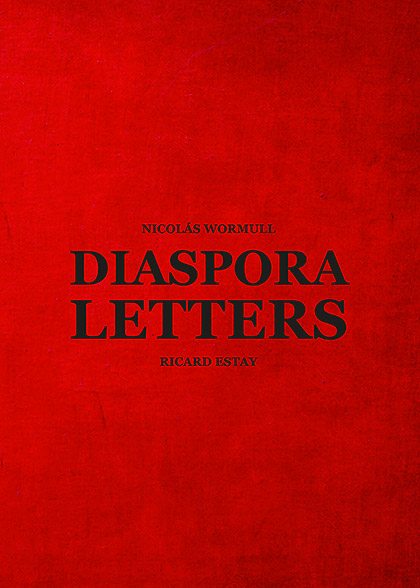- Photographs : Ricard Estay and Nicolas Wormull
- Text : Kristian Petri
- Design : Paulina Vivanco
- 64 pages
- 20 x 28 cm, binded
- 50 colour and black and white pictures
- English / Swedish / Spanish
- €35
It began with Ricard Estay borrowing the key to my studio. He couldn’t sit at home any longer, he needed more space. One day a week. He was working with a project which had been going on for many years.
A kind of wordless communication across the Atlantic, between Sweden and Chile, between Estay and Nicolás Wormull, two photographers. I no longer remember all the details.
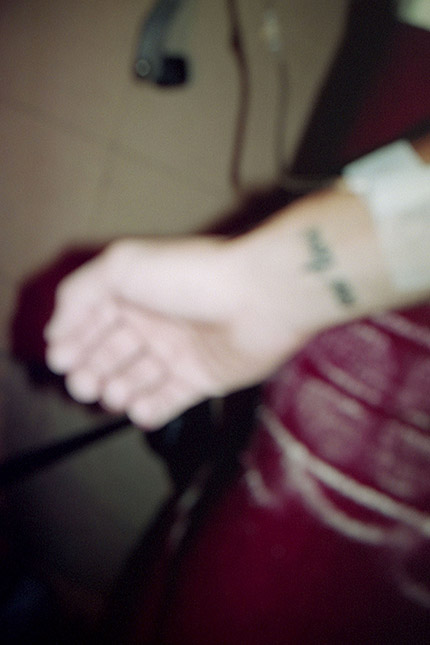
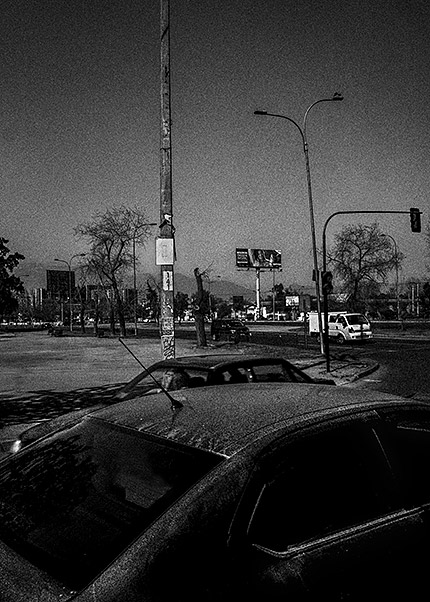
In any case, he got an extra key, and I didn’t think about it anymore. For a long time. Until suddenly, a message: “Thanks! Left the key on the desk.” I ring, email, try to get hold of him, nothing. A little mysterious, but I’m busy working on the final edit of a film.
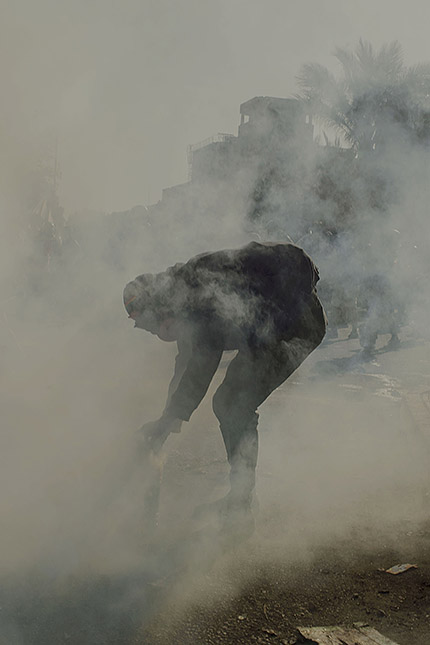
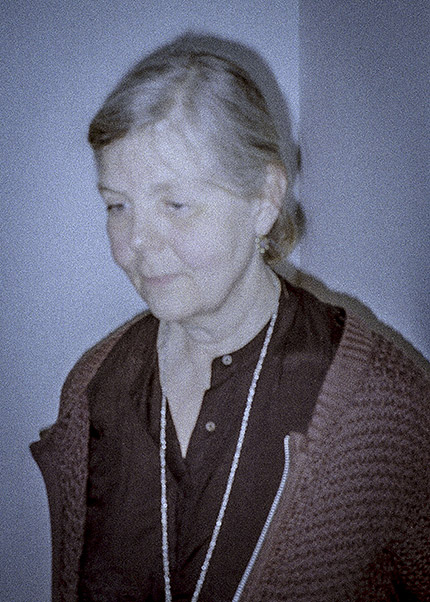
So one afternoon I went to the studio which I love because it’s completely secret. No name on the door. A room, a little kitchen, toilet – that’s all. All of my papers, books, documents, films lie in piles, in some kind of mysterious order. But now everything was different. An entire wall was covered with images from floor to ceiling. Black and white and color photographic prints. The meeting between peculiar image worlds. For a long time, I was astounded – what kind of images could these be?
…
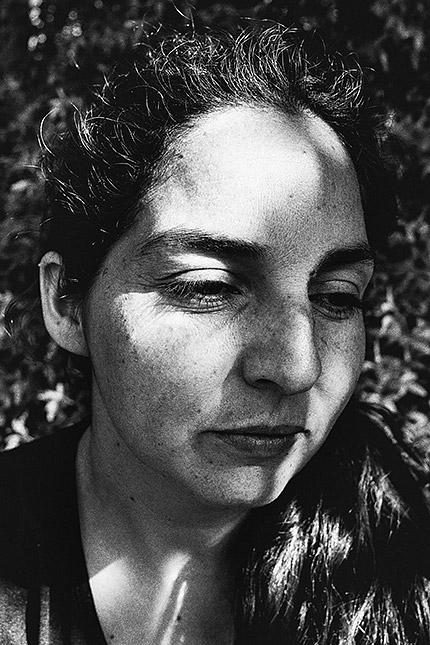
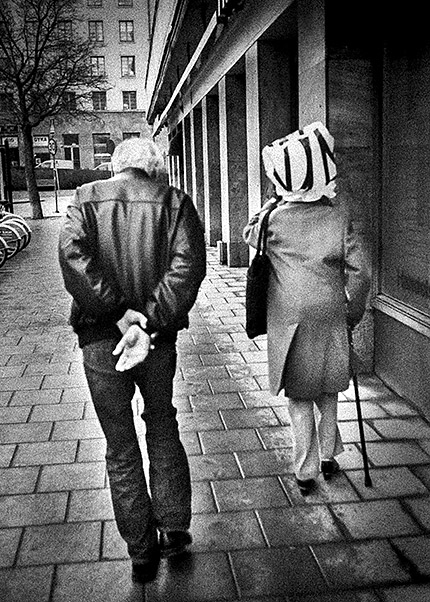
The project started a few years ago, in connection with the riots in Chile 2019. Estay had sold the family house and returned home to Sweden. From a distance, he saw a Chile that was burning. So, the conversation with Wormull had begun. The time difference between Chile and Sweden is significant. Sometimes six hours. This meant that sometimes, when one of them woke, there would be an email from another country. Just an image. One image at a time. A girl with a nosebleed. A bleached face. The blood is almost too red, like a horror film from the 80s. Then came a reply. Maybe weeks later. The conversation continued: is that cherry blossom?
…
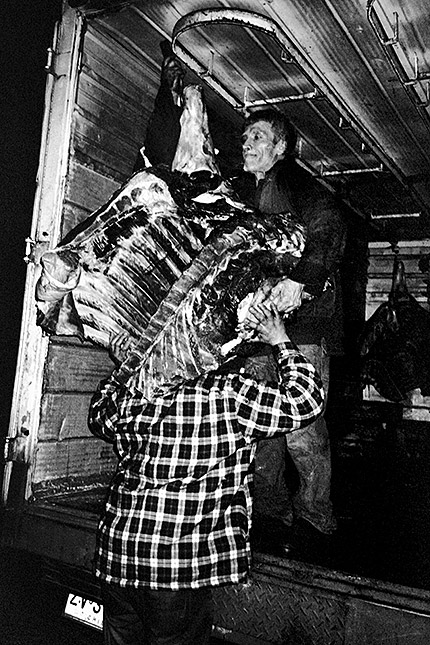
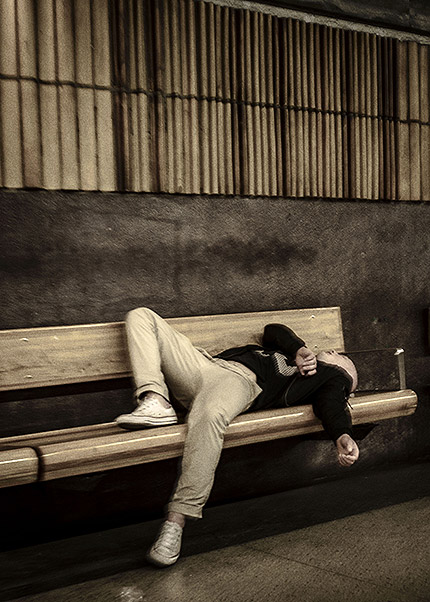
When I was little, I found a book in my father’s library. It was Sven Lindqvist’s “The Myth of Wu Tao- tzu”. I read the story of the Chinese artist. One day, during the Tang dynasty, Wu Tao-tzu stood and looked at a mural he had completed. He then clapped his hands, and the mural painting opened up, and he stepped inside his work.
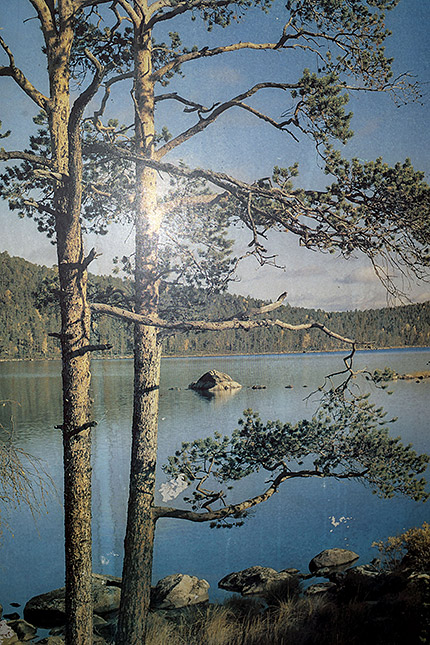
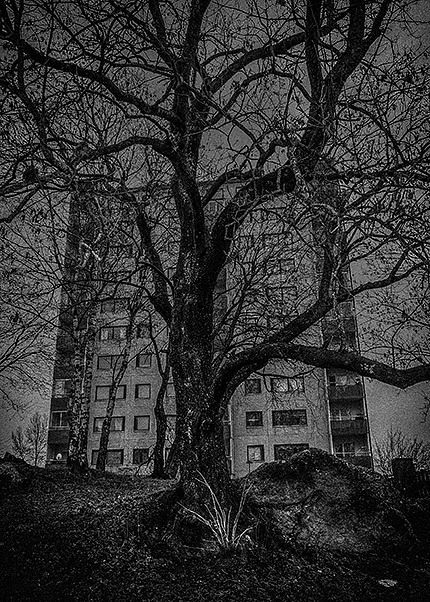
It’s a story which has stayed with me throughout my life. Is it possible to go into one’s own artwork and live there? Now I sit here, in front of a form of modern mural. The artist is gone, and on the desk, the key remains.
Kristian Petri, extracts.
